
Radiant class: precursor to Constellation
Images and design information are copyright © Bill Krause and used with permission.
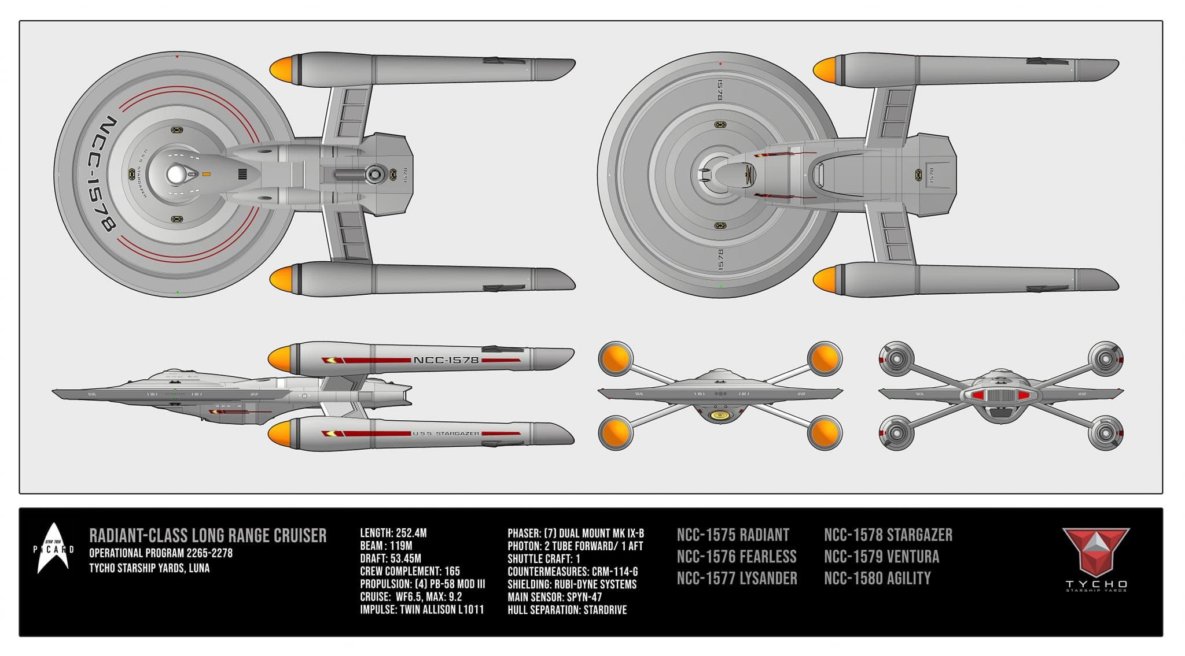
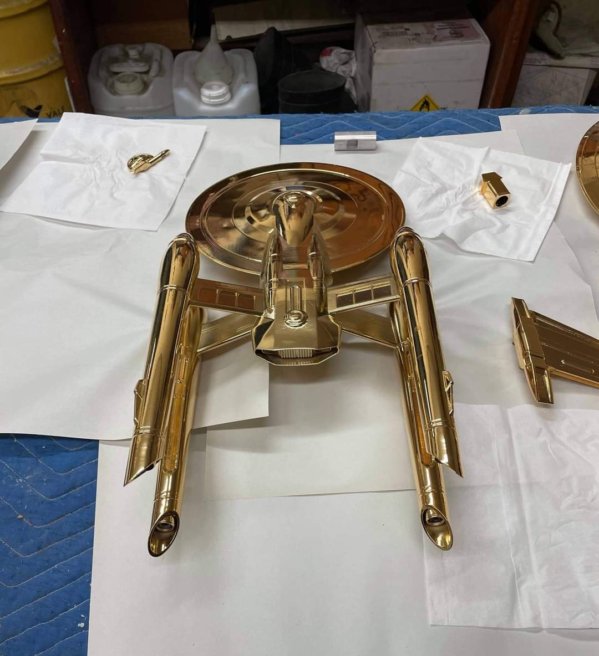 Radiant class long-range cruiser was introduced in the 2260s as the principal starship design for longer range missions. Famous examples of this starsip include Stargazer and Beagle. Whilst the Constitution starships like Enterprise, Hood, Yorktown and Endeavour gained fame for their discoveries and diplomatic work, the Radiant class long-range cruisers were doing the leg work of exploration, pushing back the red line of the Unknown and performing the majority of the cartographic work in the 2260s, 70s and 2280s. By 2293, the writing is on the wall for these hard-working deep-space explorers. The sucessor design, the Constellation class, is now in production. Replacement of the Radiant class is on a ship-by-ship basis and will take well over a decade for the run down of Radiant class to be complete.
Radiant class long-range cruiser was introduced in the 2260s as the principal starship design for longer range missions. Famous examples of this starsip include Stargazer and Beagle. Whilst the Constitution starships like Enterprise, Hood, Yorktown and Endeavour gained fame for their discoveries and diplomatic work, the Radiant class long-range cruisers were doing the leg work of exploration, pushing back the red line of the Unknown and performing the majority of the cartographic work in the 2260s, 70s and 2280s. By 2293, the writing is on the wall for these hard-working deep-space explorers. The sucessor design, the Constellation class, is now in production. Replacement of the Radiant class is on a ship-by-ship basis and will take well over a decade for the run down of Radiant class to be complete.
By 2293, the Radiant class long-range cruisers have been in service for a minimum of 15 years. The larger number of high-warp hours on the spaceframe means a shorter in-service life for these starships, compared to the average spaceframe life of a cruiser or scout type vessel. The rapid advancement of technology in the 2270s and 80s has meant that much of the Radiant class has become obsolete much quicker than was expected. The Radiant class starship was designed to concentrate on deep-space missions for cartography and initial surveys, leaving the Constitution class to do the first contact follow-up work. Having only one shuttlecraft, the Radiant class had limited planetary survey capabilities beyond beaming down science parties.
Radiant class were at the forefront of studying longer-distance threats and interests: Tholians, the Galactic Barrier, the far sides of the Klingon and Romulan Empires and the Kzinti. The work done by the Radiant class crews laid the groundwork for the follow-ups by the Constitution class starships. The spatial anomalies of the Tholian border, the Kzinti Patriarchy and First Federation all had work done by these marathon pioneers. Class members were lost on many of these missions, including studies into Breen space and studying the Tholian border. The Radiant class has only two torpedo launchers and minimal defensive capabilities. The standing orders were to retreat if threatened.
Radiant class long-range cruiser statistics:
Length: 252.4 metres.
Beam: 119 metres.
Height: 53.45 metres.
Decks: 9.
Crew: 165.
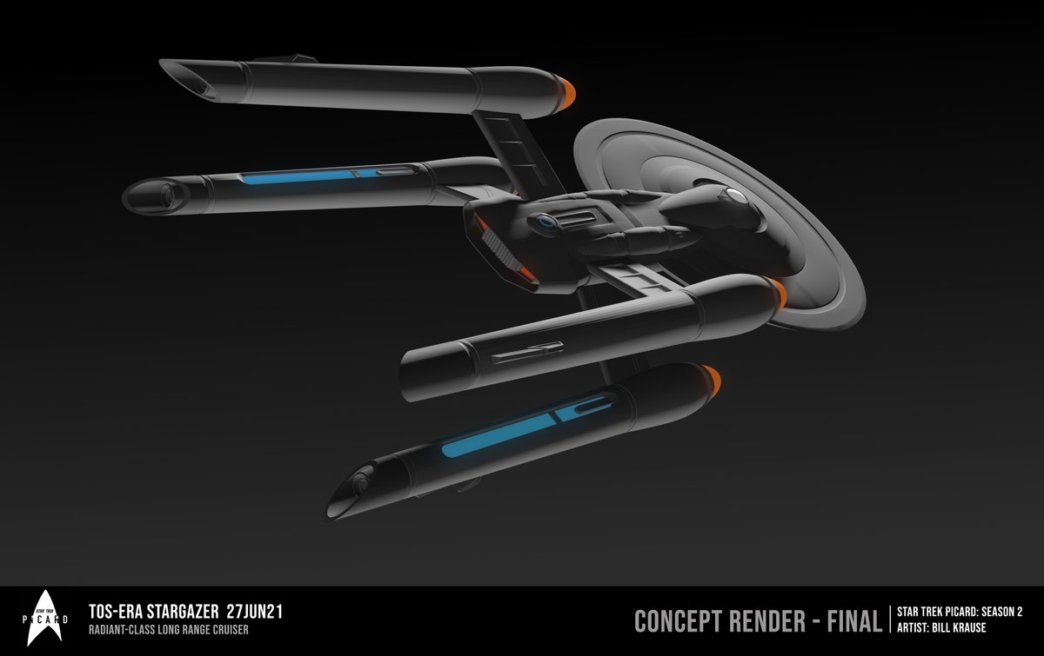
Author notes:
Radiant class was designed by Bill Krause and seen as one of the gold-plated models and dedication plaques in the Stargazer briefing room in Picard season 2. This is the 2260s predecessor to Constellation class, leading to that 2280s design. I see Radiant class as the Beagle mentioned in TOS, a starship design for mapping the unknown and not really for much more than the first-look at a star system after deep space probes have been past. They're not designed to face off against the Klingons or for first contact. That's all done by the glamour boys on the Constitution class on their five year missions. Space probes first, Radiant class next to confirm and flesh out the findings of the probes, then the First Contact and detailed studies by the Constitution class. Like Constellation, these are the fastest endurance running starships of their time. They can outrun any other Starfleet ship over the distance, not in a sprint. Once shuttle makes a lot of survey work impossible beyond beaming down a landing party. Bill Krause provided the information on the design, although a number of decks was never decided. I've opted for nine in the face of the evidence so far, until contradicted. By the end of the Kirk era, I see these ships as the mass-produced legacy ships for long-range surveys, their Art Deco lines now being phased out in exchange of the much more rugged and robust structure of the new Constellation class starships. Lessons learned include more cargo bays and shuttles, plus the crew increased from 165 to 535. The selling point of the Radiant class in the 2260s was the cruising speed of warp 7, for sustained periods of weeks, gave the Radiant a range far in excess of other starships. Once Constitution II class had linear warp drive and could attain warp 7 with two nacelles and a single warp core, the writing was on the wall for Radiant class. This is the legacy long-range starship of the early Interim Years.
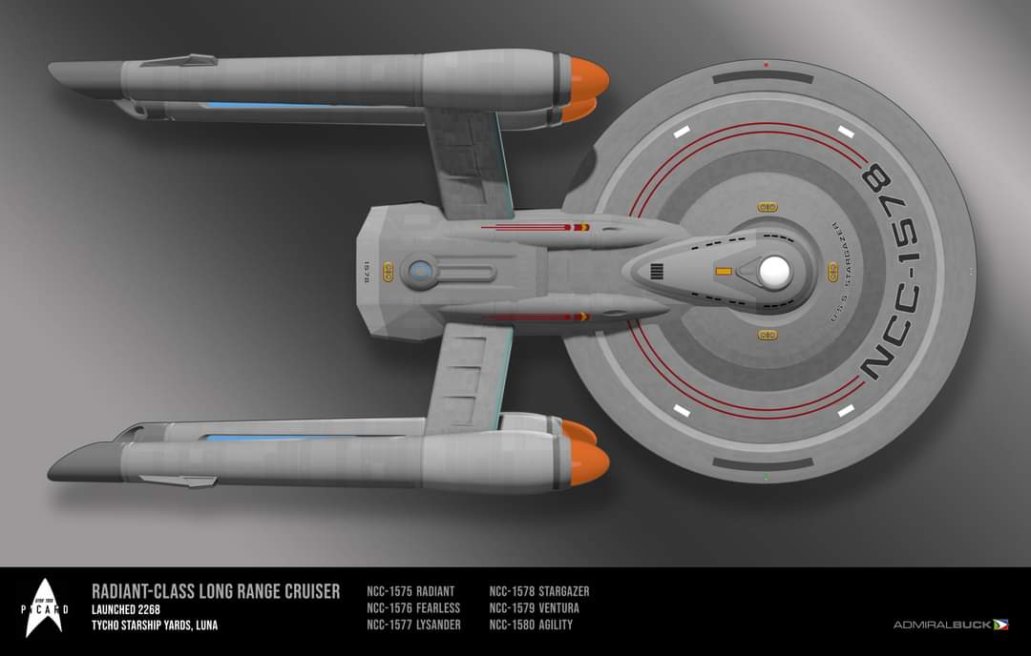
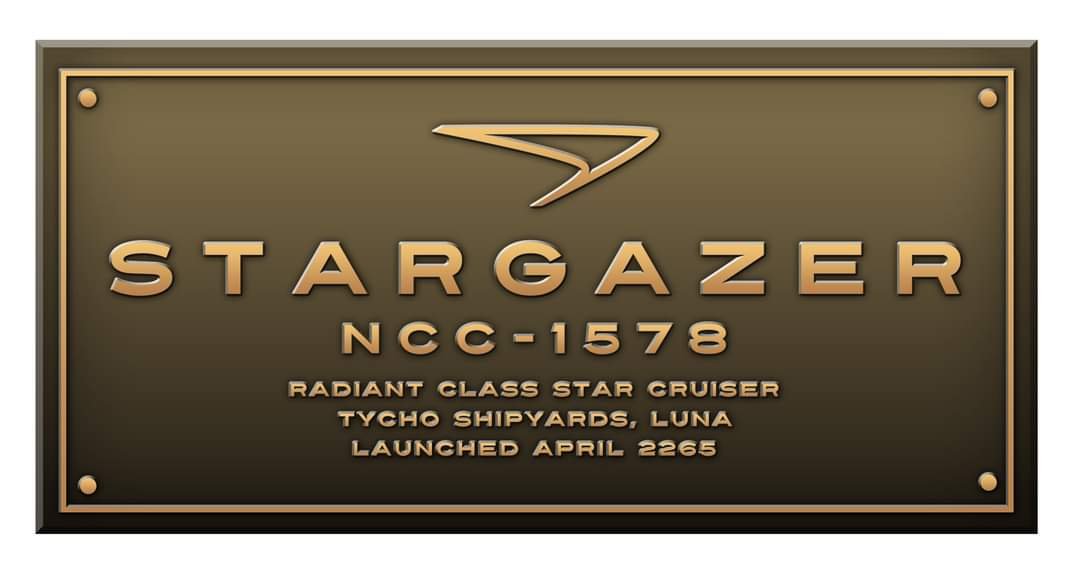
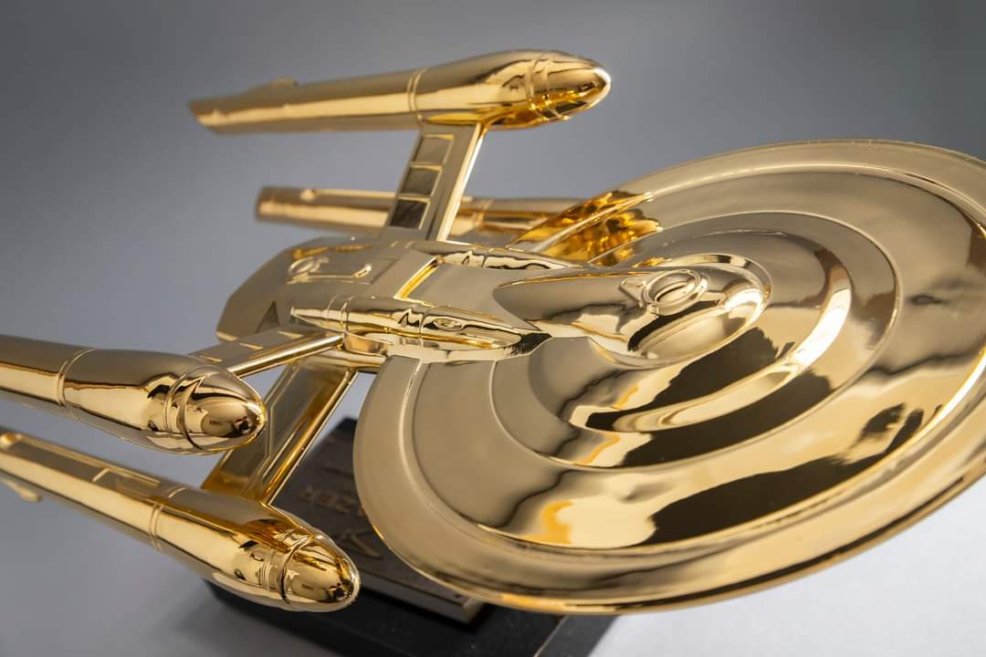
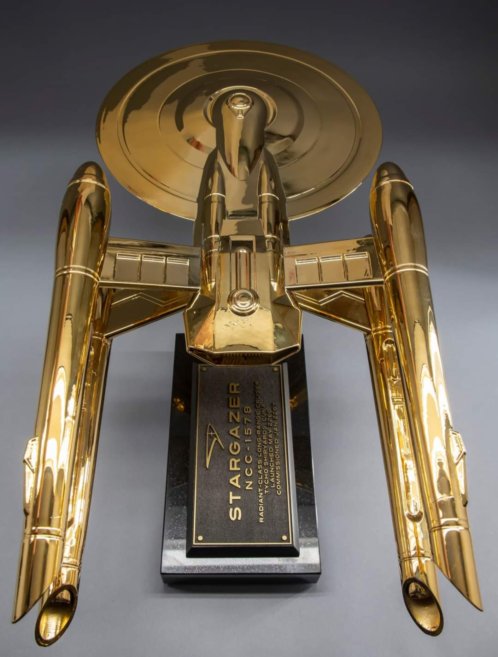
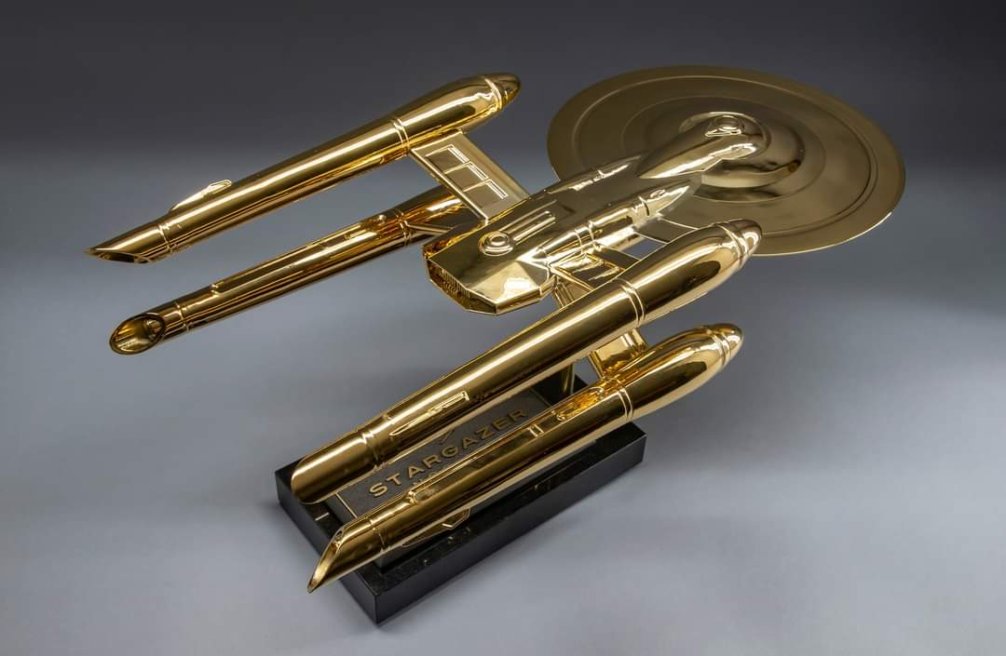








 Radiant class long-range cruiser was introduced in the 2260s as the principal starship design for longer range missions. Famous examples of this starsip include Stargazer and Beagle. Whilst the Constitution starships like Enterprise, Hood, Yorktown and Endeavour gained fame for their discoveries and diplomatic work, the Radiant class long-range cruisers were doing the leg work of exploration, pushing back the red line of the Unknown and performing the majority of the cartographic work in the 2260s, 70s and 2280s. By 2293, the writing is on the wall for these hard-working deep-space explorers. The sucessor design, the Constellation class, is now in production. Replacement of the Radiant class is on a ship-by-ship basis and will take well over a decade for the run down of Radiant class to be complete.
Radiant class long-range cruiser was introduced in the 2260s as the principal starship design for longer range missions. Famous examples of this starsip include Stargazer and Beagle. Whilst the Constitution starships like Enterprise, Hood, Yorktown and Endeavour gained fame for their discoveries and diplomatic work, the Radiant class long-range cruisers were doing the leg work of exploration, pushing back the red line of the Unknown and performing the majority of the cartographic work in the 2260s, 70s and 2280s. By 2293, the writing is on the wall for these hard-working deep-space explorers. The sucessor design, the Constellation class, is now in production. Replacement of the Radiant class is on a ship-by-ship basis and will take well over a decade for the run down of Radiant class to be complete. 









